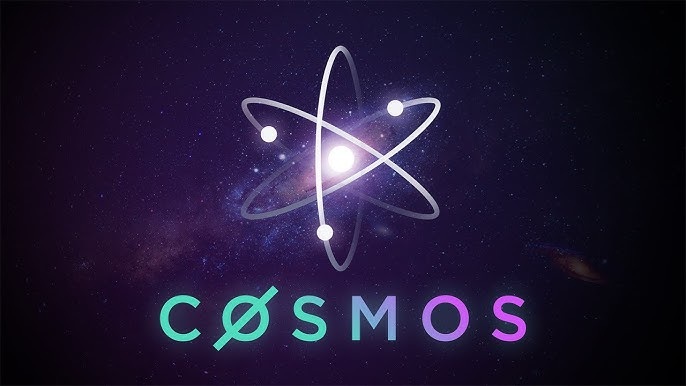
COSMOS is a project dedicated to solving blockchain interoperability, achieving its goals by deploying a multi-token model. In this model, ATOM is mainly used for staking, while Photon is mainly used for transaction payments. This design not only improves the security of the system, but also makes the entire ecosystem more flexible and diverse.
ATOM: Staking Token
In the COSMOS network, ATOM is the core token and is mainly used for staking. Holders who stake ATOM will receive corresponding rewards, which encourages more people to participate in staking, thus improving the security of the network. If someone were to try to purchase enough ATOM on the open market to obtain a 33% stake share, it would become extremely difficult. As demand increases, the market liquidity of ATOM will gradually decrease and the price will increase accordingly, which greatly increases the cost of conducting attacks.
Multi-fee tokens: an ecosystem
In the COSMOS ecosystem, transactions on different networks consume different resources, so transaction fees are no longer sorted by absolute quantity, but by cost per unit of resource. For example, how many Satoshi per byte. This design avoids the validators of each block having to agree on the price of each token, instead it is up to the proposer of that block to order transactions according to their own valuation.
COSMOS Hub supports multiple whitelisted tokens, so users do not have to pay with specific tokens. This provides users with more choices and flexibility, enhancing the adaptability of the entire ecosystem.
Photon: Secondary Fee Token
The Tendermint team proposes Photon as a secondary fee token, parallel to the main ATOM staking token. This will be decided via a governance vote on text proposals after launch.
Photon will be distributed as block rewards to COSMOS Hub validators. Photon can be used to pay "gas" fees in the Ethermint zone and any zone in the COSMOS ecosystem that accepts it as a fee token.
Photon’s block reward
Photon block rewards will be minted at a fixed rate of 500 Photons per hour, which causes the inflation rate to asymptotically approach 0. However, rather than starting with an initial supply of 0 and allocating all Photons to COSMOS validators, we will propose a hard fork (Hard Spoon) to the COSMOS Hub governance to allocate an equal number of Photons to all Ether holders.
Allocation method
In Ethereum, most Ether is stored in smart contracts, such as multi-signature contracts. Therefore, in order for everyone to claim their Photons, we need to fork the entire Ethereum state, including contracts, into an EVM. We have an execution environment called Ethermint that enables this; it allows anyone to launch an EVM chain running on the Tendermint consensus.
This hard-forked “Photon Zone” will be one of the first zones connected to the COSMOS Hub shortly after launch. Once this happens, Ether holders can claim and migrate their Photons to the Hub and then into the rest of the COSMOS ecosystem. It is important to note that this Photon region may face some challenges due to its expansive nature, but it is an important step towards achieving widespread distribution.
Conclusion :COSMOS's multi-token model achieves higher security and flexibility by introducing ATOM and Photon. ATOM, as a pledge token, encourages holders to participate in pledges and improves the security of the network; while Photon, as a secondary Level fee tokens provide more payment options and enhance user experience. This design not only improves the overall performance of the COSMOS network, but also lays a solid foundation for future expansion and interoperability.
COSMOS's multi-token ecosystem is an innovative and promising solution that not only solves some of the key problems faced by current blockchain technology, but also provides unlimited possibilities for future development. With the addition of more regions and tokens, the COSMOS ecosystem will become richer and more diverse, providing users with more choices and opportunities.